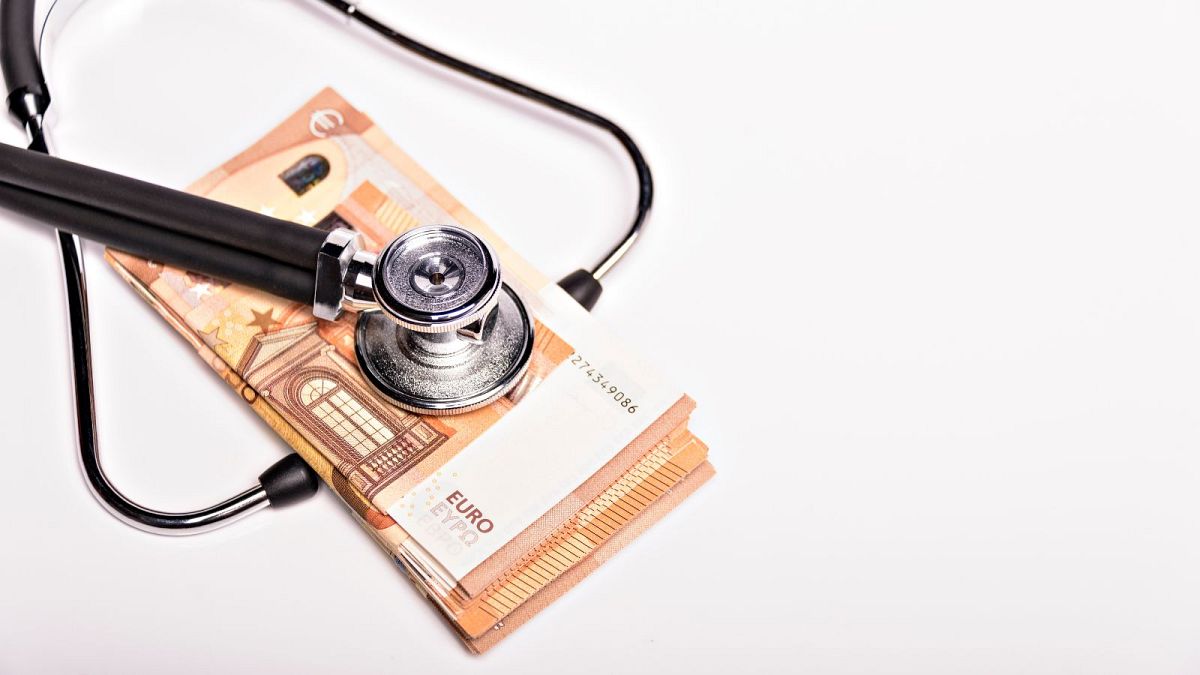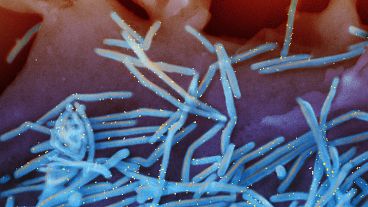Libmeldy - a treatment for a rare disease costing €2.5 million - has become available in Ireland, Belgium and the Netherlands.
Health regulators in Ireland, Belgium, and the Netherlands have approved Libmeldy, a groundbreaking gene therapy, making it the most expensive drug to receive official endorsement in European countries.
The respective national Health services have approved Atidarsagene autotemcel - also known under the brand name Libmeldy - a gene therapy developed by Orchard Therapeutics, the Irish Minister for Health Stephen Donnelly announced.
The treatment - which costs around €2.5 million per dose - targets the most severe cases of a rare genetic disorder, metachromatic leukodystrophy (MLD) that causes damage to nerve cells.
The countries negotiated a lower price in the Beneluxa initiative, which involves the three countries as well as Luxembourg and Austria talking directly with the manufacturer.
The final cost hasn’t been disclosed but the reduction estimates vary from 25 per cent up to around 65 per cent in some cases, according to the Irish broadcaster RTE.
“By working together across national borders, we can make vital medicines available to patients. To improve their lives, to save their lives,” Frank Vandenbroucke, the Belgian Minister of Health and Social Affairs said in a statement.
“That is why we need to cooperate much more in Europe. Beneluxa is a great example of cooperation so that we can avoid pharma producers pitting countries against each other,” he added.
A rare disease with poor prognostic
MLD affects between one in 40,000 and one in 100,000 people in Europe and North America.
With the infantile form, progression to death typically occurs within five to six years whereas with the juvenile form, it occurs 10 to 20 years following onset.
Libmeldy is used in children with the infantile to early juvenile form of the disease, according to the European Medicine Agency (EMA).
It is a one-time dosage that aims to provide a permanent solution.
The treatment involves extracting a patient's own stem cells from bone marrow or blood, modifying them to express the correct gene, and then reintroducing them into the patient's bloodstream.
Why is it so expensive?
Gene therapy involves modifying a patient's genes to correct or alleviate a genetic disorder, requiring specialised techniques and sophisticated equipment.
The development and production of these treatments are resource-intensive processes.
For example, Libmeldy took approximately 20 years to be developed with a 10-year gap between the first human trials and the approval by the EMA in 2020, as explained by the BBC.
It requires gene editing tools, viral vectors for gene delivery, and cell manipulation equipment.
The US also has laws that favour big pharmaceutical companies and despite the European countries’ ability to negotiate prices, the costs can be influenced by less regulated markets, according to the Spanish media El Pais.



